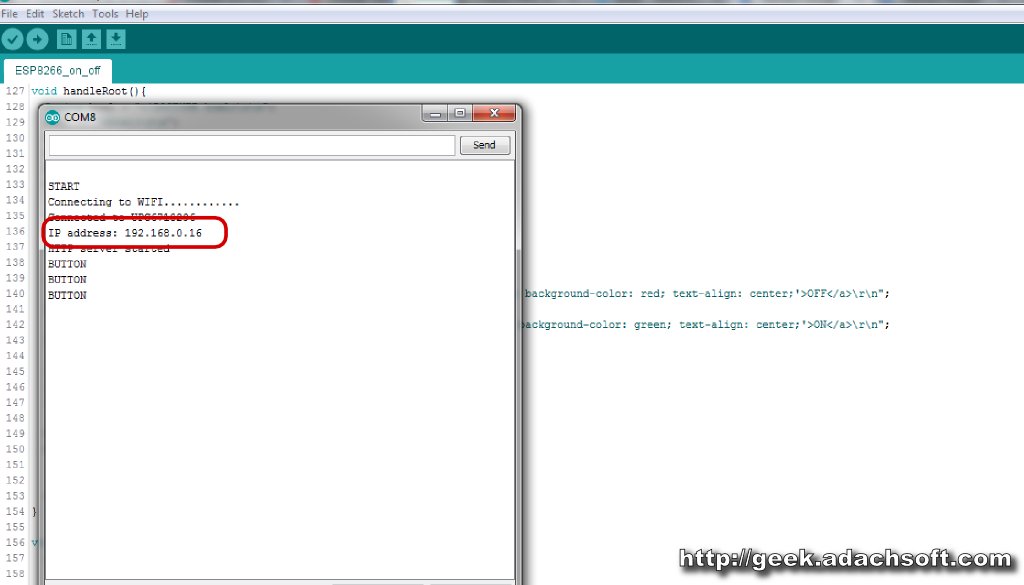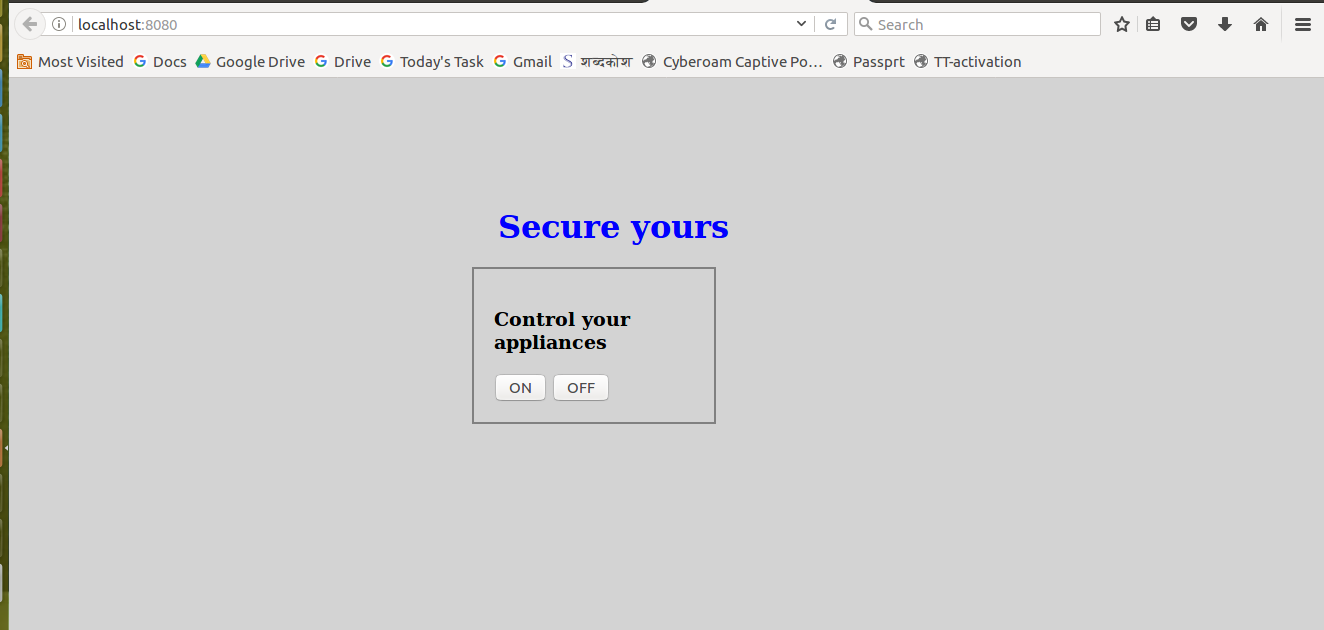

- #OPEN SOURCE REMOTE CONTROL DESKTOP WEB BROWSER HOW TO#
- #OPEN SOURCE REMOTE CONTROL DESKTOP WEB BROWSER INSTALL#
- #OPEN SOURCE REMOTE CONTROL DESKTOP WEB BROWSER SOFTWARE#
NAVIGATION New UI > Devices > All > Web Remote action button About NAVIGATION New UI > navigate to a device via Dashboards, Devices, or Sites > Web Remote action button NAVIGATION Sites > select a Site > Devices > select a Device > Remote Actions > Web Remote For more information, refer to Remote takeover tools. NAVIGATION Agent Browser > connect to a device > Web Remote. Refer to Security Level Details - Remote Control Tools in the legacy UI and Remote control tools in the New UI. SECURITY For Web Remote chat, you must have Chat permissions enabled. You can grab the latest Java plugin on the Download Java page.SECURITY Web Remote must be enabled within Remote control tools.
#OPEN SOURCE REMOTE CONTROL DESKTOP WEB BROWSER INSTALL#
If you’re accessing from any other computer, you might get a “ missing plugin” error, just install the plugin and access it. That’s it, you successfully connected to Remote Desktop. Access Linux Desktop Using VNC BrowserĮnter Password to access “ tecmint” Desktop. Just accept and run the application as described below. You will get a “ Security Warning” message that says that unsigned application requesting permission to run. Īccess VNC Desktop of user “ tecmint” from the browser by going to. For example, my server IP address is “ 172.16.25.126“, Port as “ 5901” and Password as “ abc123” for my VNC user called “ tecmint“. Next define the IP address of the Server, VNC Port Number, and Password of the VNC User that you want to connect. Open index.html file using any editor or nano editor as suggested.

# mv viewer-applet-example.html index.html var/Extract the files using unzip command and rename the viewer-applet-example.html file to index.html as shown. Go to the TightVNC Download page, to grab the latest code or you may use the following “ wget command” to download it. Install TightVNC Java Viewer to Access Remote Desktops Let’s move ahead to download and install TightVNC Java Viewer.
#OPEN SOURCE REMOTE CONTROL DESKTOP WEB BROWSER SOFTWARE#
Now we have all the needed software installed on the system. Use the following “ yum command” and apt command to install the Apache server in your Linux distribution.

#OPEN SOURCE REMOTE CONTROL DESKTOP WEB BROWSER HOW TO#


 0 kommentar(er)
0 kommentar(er)
